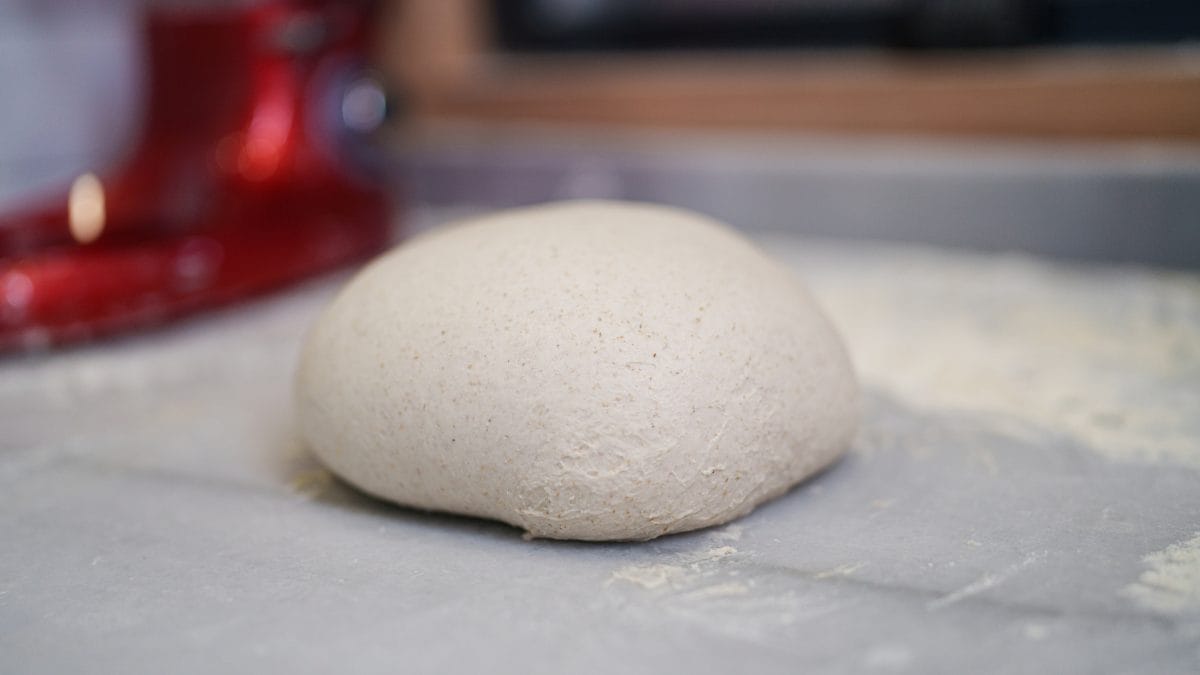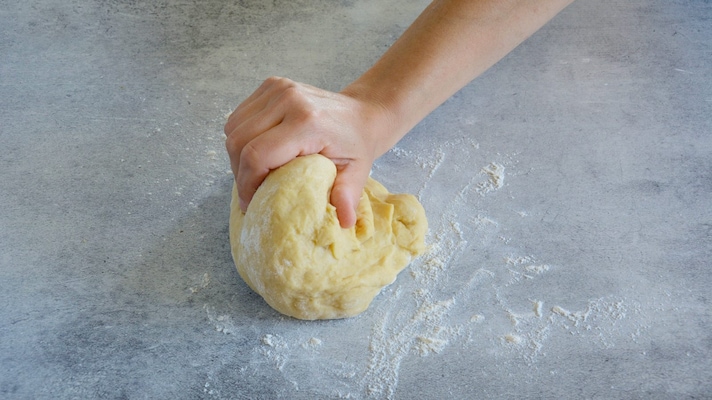
Dough might seem like a simple mixture of flour and water, but small tweaks, like the temperature of the water, can make a world of difference. Whether you’re making delicate pastries, stretchy noodles, or flaky dumplings, knowing when to use hot or cold water in your dough can elevate your cooking.
Hot Water Dough: Soft and Tender
Hot water dough is created by mixing boiling or near-boiling water with flour. The heat partially cooks the starches in the flour, creating a dough that is softer and more pliable. This technique is especially common in recipes where tenderness and elasticity are key.
- Best for: Dumpling wrappers, steamed buns, or flatbreads like parathas.
- Why it works: The heat alters the structure of the flour, making it easier to roll out thinly without tearing. It also creates a tender texture ideal for recipes that need to remain soft after cooking.
- Pro tip: Start with a wooden spoon to mix the dough, as it will be too hot to handle initially. Once it cools slightly, knead it until smooth.

Cold Water Dough: Firm and Crisp
Cold water dough, on the other hand, is mixed with cold or room-temperature water. This method preserves the gluten structure, resulting in a firmer and more elastic dough. It’s perfect for recipes where crispness and structure are essential.
- Best for: Pastry crusts, crackers, and noodles like pasta or ramen.
- Why it works: The cooler temperature prevents the starches from gelatinization too early, which keeps the dough firmer and easier to shape into defined structures. This method also improves the dough’s ability to hold fillings without becoming soggy.
- Pro tip: For pastry doughs, add cold butter or fat to the flour first, then incorporate ice-cold water for the flakiest results.

Which Should You Use?
Choosing between hot and cold water depends entirely on the dish you’re making. If you want soft, pliable dough for delicate wrappers or steamed dishes, hot water is your go-to. For recipes where crispness or structural integrity is crucial, cold water is the better choice. Some recipes even use a combination of both methods, mixing hot water for softness and cold water for elasticity.
Overall, the temperature of water in your dough isn’t just a small detail — it’s a game-changer! Hot water dough is ideal for soft, tender creations, while cold water dough excels in firmness and structure.
;Resize,width=767;)
